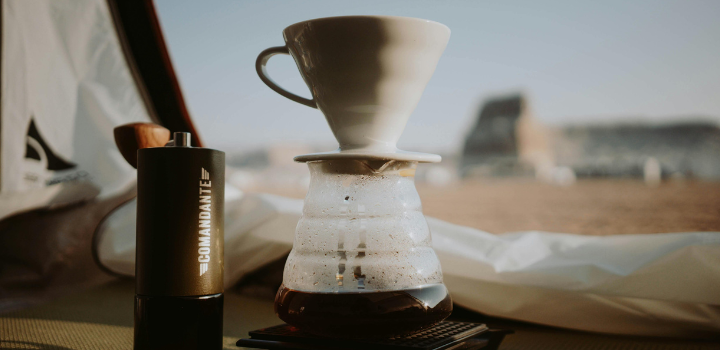When it comes to coffee, there is often a debate over which roast has the most caffeine. While it is widely accepted that light-roasted coffee typically contains more caffeine than dark-roasted coffee, there are other factors to consider when determining which type of roast has the most caffeine. This blog post will explore the various factors that affect caffeine levels in coffee and discuss what coffee has the most caffeine light or dark.
The Science Behind Caffeine in Coffee:
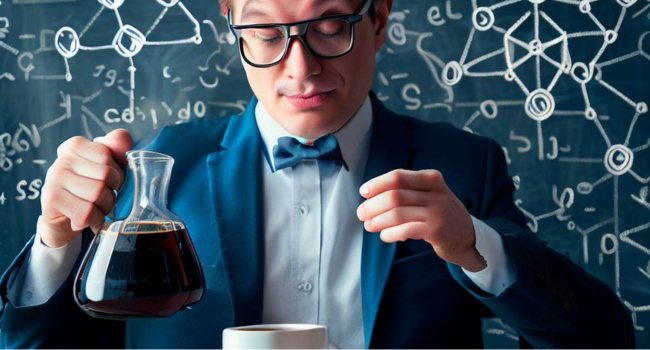
Coffee lovers often wonder about the science behind the caffeine in their favorite beverage. Understanding how caffeine is formed and extracted from coffee beans can shed some light on the debate of light versus dark roast. Caffeine is a naturally occurring compound found in the seeds, or beans, of coffee plants. During the roasting process, heat causes chemical reactions in the beans, resulting in the breakdown of various compounds, including caffeine.
However, the amount of caffeine that remains in the final cup of coffee is influenced by multiple factors, such as bean variety, roasting time and temperature, and brewing method. Additionally, caffeine extraction can be affected by the grind size of the coffee, as finer grounds allow for more efficient caffeine extraction.
So, while it’s widely accepted that light roast coffee generally contains more caffeine than dark roast coffee, the actual caffeine content can still vary depending on these factors. Understanding the science behind caffeine in coffee can help coffee enthusiasts make more informed choices when selecting their preferred roast
Light Roast vs. Dark Roast Coffee Beans:

When it comes to choosing between light and dark roast coffee beans, the caffeine content is often a key consideration. Light roast coffee is typically considered to have a higher caffeine content compared to dark roast coffee. This is because the longer roasting process of dark roast coffee can result in a breakdown of caffeine molecules. However, it’s important to note that the actual caffeine content can vary depending on the specific coffee bean and the brewing method used. So, let’s dive deeper into the world of coffee and uncover the caffeine secrets of light and dark roast beans.
Caffeine Content in Light Roast Coffee:

Light roast coffee generally has a higher caffeine content compared to dark roast coffee. This is because the longer roasting process of dark roast coffee can lead to a breakdown of caffeine molecules. However, it’s important to remember that the actual caffeine content can still vary depending on the specific coffee bean and brewing method. So, if you’re looking for a coffee with a higher caffeine kick, opt for a light roast and savor the energizing effects it brings.In a study published in the journal Science, scientists discovered that a light roast contains more chlorogenic acid and that the coffee extract protects human cells better than a dark roast.
Caffeine Content in Dark Roast Coffee:
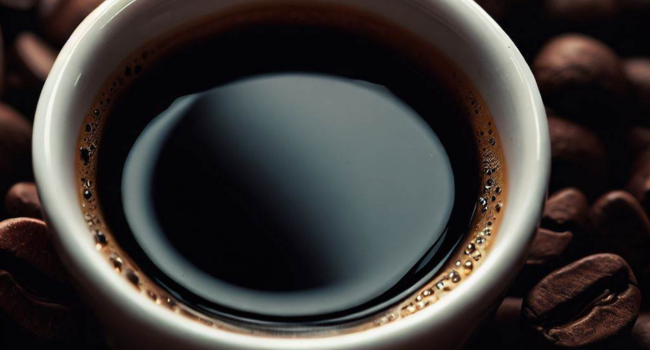
Dark roast coffee, on the other hand, may have slightly less caffeine compared to light roast coffee. The longer roasting process can result in some caffeine molecules breaking down. However, it’s important to note that the difference in caffeine content between light and dark roast coffee is minimal. Ultimately, the specific coffee bean and brewing method will have a greater impact on caffeine levels. So, if you prefer the bold and robust flavors of dark roast coffee, don’t worry about missing out on too much caffeine.
Factors That Affect Caffeine Content in Coffee:
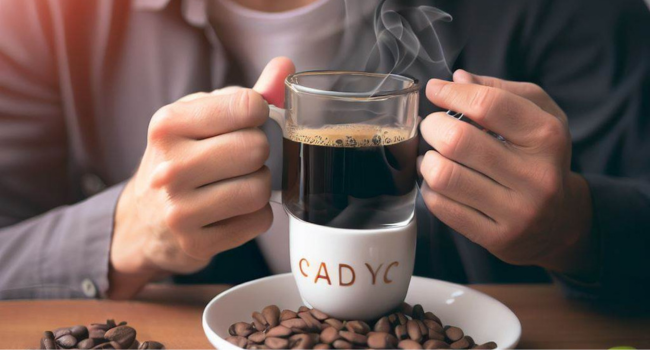
The caffeine content in coffee can be influenced by several factors. One factor is the type of coffee bean used. Different varieties of beans can naturally contain varying amounts of caffeine. Another factor is the brewing method. Brewing coffee for a longer period of time or using higher water temperatures can result in higher caffeine extraction. Additionally, the grind size of the coffee can also affect caffeine levels, as finer grounds tend to release more caffeine. It’s important to consider these factors when trying to determine the caffeine content of your cup of coffee.
Other Types of Coffee With High Caffeine Content:
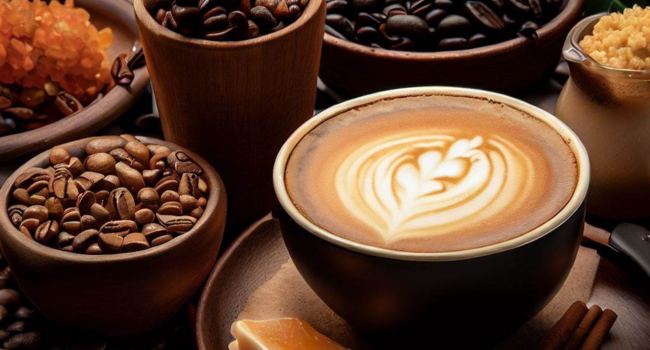
If you’re looking for an even bigger caffeine kick, there are other types of coffee that can pack a punch. Some options include robusta coffee, which tends to have higher caffeine levels than arabica coffee. Additionally, cold brew coffee is known for its higher caffeine content due to its longer steeping process. Finally, espresso shots are a concentrated form of coffee and can provide a quick jolt of caffeine. So, if you’re in need of an extra boost, consider exploring these other high-caffeine options.
Choosing Your Coffee Based on Caffeine Content:
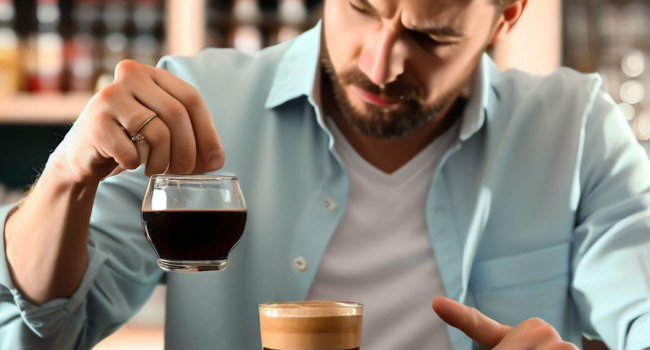
When it comes to choosing your coffee based on caffeine content, it all comes down to personal preference and how much of a caffeine boost you’re looking for. If you’re in need of a strong kick, go for a light roast coffee, as it generally has a higher caffeine content. However, if you prefer bold flavors and don’t mind a slightly lower caffeine content, dark roast coffee is still a great option. Remember to also consider other high-caffeine alternatives like robusta coffee, cold brew, or espresso shots. Happy sipping!
1. What factors determine the caffeine content in coffee?
The caffeine content in coffee is influenced by various factors, including the type of coffee bean, roasting time and temperature, brewing method, and grind size. These factors can collectively affect the final caffeine content in your cup of coffee.
2. How does the roasting process affect caffeine content in coffee?
During the roasting process, especially in the case of dark roast coffee, some caffeine molecules can break down. This is why dark roast coffee may have slightly less caffeine compared to light roast coffee. Nevertheless, the difference in caffeine content is minimal.
3. Are there other types of coffee with higher caffeine content than light or dark roast?
Yes, there are other coffee options with higher caffeine content. Robusta coffee typically has more caffeine than arabica coffee. Cold brew coffee is known for its higher caffeine levels due to its longer steeping process. Espresso shots are also concentrated and provide a quick jolt of caffeine.
4. Can I increase the caffeine content in my coffee based on how I brew it?
Yes, you can influence the caffeine content by adjusting your brewing method. Using higher water temperatures, brewing for a longer time, or using finer coffee grounds can result in higher caffeine extraction.



